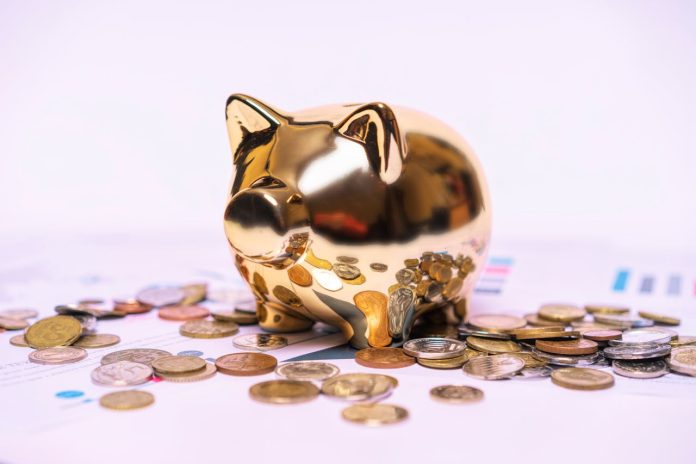Self-managed retirement funds let individuals control their own investments, offering a hands-on approach to building a secure financial future. Across the globe, they vary in structure and regulations.
Some are as simple as personal savings managed with basic tax incentives. Others operate under strict compliance frameworks with complex options like real estate or shares.
Why do some people choose this route, and how do they differ from region to region? Stick around to learn about how these funds work worldwide.
The Basics of Self-Managed Funds
There are a lot to know about self-managed funds. It is best to start with the basics so here are the key features of self-managed funds:
- They allow you to choose where your money is invested
- Options range from shares and bonds to real estate or alternative assets
- Responsibility for compliance with laws rests on the fund manager (often you)
These funds appeal to those who want flexibility and control over how their savings grow. However, managing these accounts requires financial knowledge, time, and attention to detail.
For example, Australia’s SMSFs (Self Managed Super Funds) have strict rules but offer tax advantages for skilled investors, so understanding how to setup a SMSF in this country is key. Other countries provide similar structures with varying levels of complexity.
The main question you need to answer is whether it’s worth it. That depends on your goals and ability to manage such responsibility effectively.
Key Differences Between Self-Managed and Traditional Pension Systems
Self-managed retirement funds and traditional pension systems operate on fundamentally different principles. While one puts control in your hands, the other relies on institutional management.
Here’s how they differ:
- Traditional pensions are managed by professionals who make investment decisions for you
- Self-managed funds require individuals to research, plan, and execute their own investments
- Administrative costs tend to be higher for self-managed options due to legal and regulatory requirements
- Payouts in traditional systems are generally fixed or guaranteed; self-managed outcomes depend entirely on investment performance
Traditional pensions suit those seeking security without much involvement. In contrast, self-management provides flexibility but comes with greater responsibility.
For instance, UK private pensions often rely heavily on fund managers while Australia’s SMSFs emphasize individual autonomy. The choice depends on how involved you want to be in shaping your financial future.
Comparing Global Approaches to Retirement Fund Management
Different countries have unique systems for self-managed retirement funds. Each framework reflects local economic priorities and cultural attitudes toward saving.
Here’s how some nations approach it:
- Australia focuses on SMSFs, offering tax incentives but requiring compliance with strict regulations
- The United States allows IRAs (Individual Retirement Accounts), giving flexibility in investments while maintaining contribution limits
- Canada provides Registered Retirement Savings Plans (RRSPs) that let individuals save pre-tax income but regulate withdrawal timings heavily
European nations often emphasize state-backed pensions, making self-managed options less prominent except for high-net-worth individuals
In regions like Asia or South America, emerging markets show growing interest in these models as financial literacy rises. Governments typically provide frameworks ensuring accessibility while balancing accountability.
Although there are many differences in the structures, the idea is always the same: it allows proactive control over retirement funds in line with individual objectives.
Wrapping Up
Self-managed retirement funds offer flexibility and control, but they demand time, knowledge, and responsibility. Whether you’re in Australia managing an SMSF or using an IRA in the U.S., the principles remain similar: You can take charge of your financial future.
Understanding global variations can help you decide if this approach fits your goals. While rewarding for many, it’s essential to weigh risks against potential benefits. Always consult professionals when needed to ensure smart decisions for a secure retirement.



 Bitcoin
Bitcoin  Ethereum
Ethereum  Tether
Tether  XRP
XRP  USDC
USDC  Lido Staked Ether
Lido Staked Ether  TRON
TRON  Cardano
Cardano  Avalanche
Avalanche  Toncoin
Toncoin  Solana
Solana